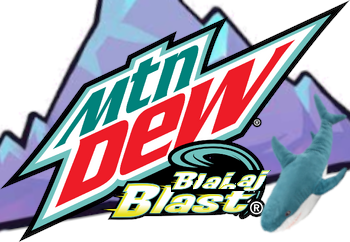What is transfeminine culture?
This post is from the Queer Stuff category.

The word “meme” originally came from the idea of “memetics,” a term coined by Richard Dawkins in his book The Selfish Gene to describe a theory of cultural evolution. Communities often form their own ideas, habits, and inside jokes - memes, in the most general sense. This is a very different use of the word from what we know now - funny text overlayed on trending image formats - but sometimes a community’s memes in the memetic sense are also literal memes, and transfeminine culture is a great example of that.
Even though the primary goal of many transfeminine people (including trans women and transfeminine non-binary people) is to align with their culture’s existing ideas of femininity, the experience of being pushed into an unfitting role, rejecting it, and learning to embrace what was once repressed can create a sense of relatability specifically among transfeminine people. Given the stigma and hate that’s often directed towards transfemininity, it’s no surprise that many turn to a sense of humor to get through it, and what better way to do that than to share relatable memes? Behind the Monster energy drinks, Swedish plushie shark collections, and Fallout New Vegas obsessions, there really is a shared transfeminine culture…
Trans Allegories
Many people first heard the term “trans allegory” when director Lilly Wachowski confirmed that The Matrix could be interpreted as a metaphor for trans experience. However, the idea of pieces of media being seen as symbolically relatable by trans people is not new - in fact, it’s often a key part of how one discovers their trans identity. Different people see media in different ways, so what one sees as a trans allegory might not seem like an allegory at all to someone else, but sometimes particuluar media hits home so well that numerous people see the same thing.
Celeste
Celeste is one that probably goes beyond “allegory” - after all, the developer specifically said that creating the story for this game was part of coming to terms with being trans. That said, Celeste isn’t specifically a trans story; rather, it’s a general story about internal conflict and self-acceptance. Even still, many trans people have found it to resonate deeply enough with trans experience to be worth making into - you guessed it - a meme.
Computer Science
I’ll admit it - I’m a living stereotype; but why, exactly, is computer science a common interest among transfeminine people? Two main reasons, probably: first, it’s a way to avoid being as masculine as society expects for AMAB people while avoiding the kinds of direct nonconformity that get us berated, and second, it provides a kind of dissociative escapism from cishet society.
Energy Drinks
Even I don’t fully understand this one, since I don’t care that much for energy drinks, but I can see the connection: being trans can be tiring. While closeted, it’s rough to try to learn to live the way society expects without really understanding it; and while transitioning, there’s the stress of trying to change as much as possible as fast as possible in an effort to pass. For some, energy drinks keep it all from being exhausting.
Shark Plushies from Ikea?
There’s really no specific connection with this one. This is memetics at its finest - enough trans people liked Blåhaj early on, and now it’s a trans icon by association. Who wouldn’t like a plushie shark, though?

:3 (or ;3 or ε: or 3: or :ε or :§)
It’s cute :3 - that’s all that matters for this one.
Does it matter?
While there’s no reason to assume all transfeminine people like these things, or to think that you must like them if you’re transfeminine, they can be a source of common interest that helps strengthen our community (albeit in some silly ways) and keep us lighthearted in the face of stigma and discrimination.